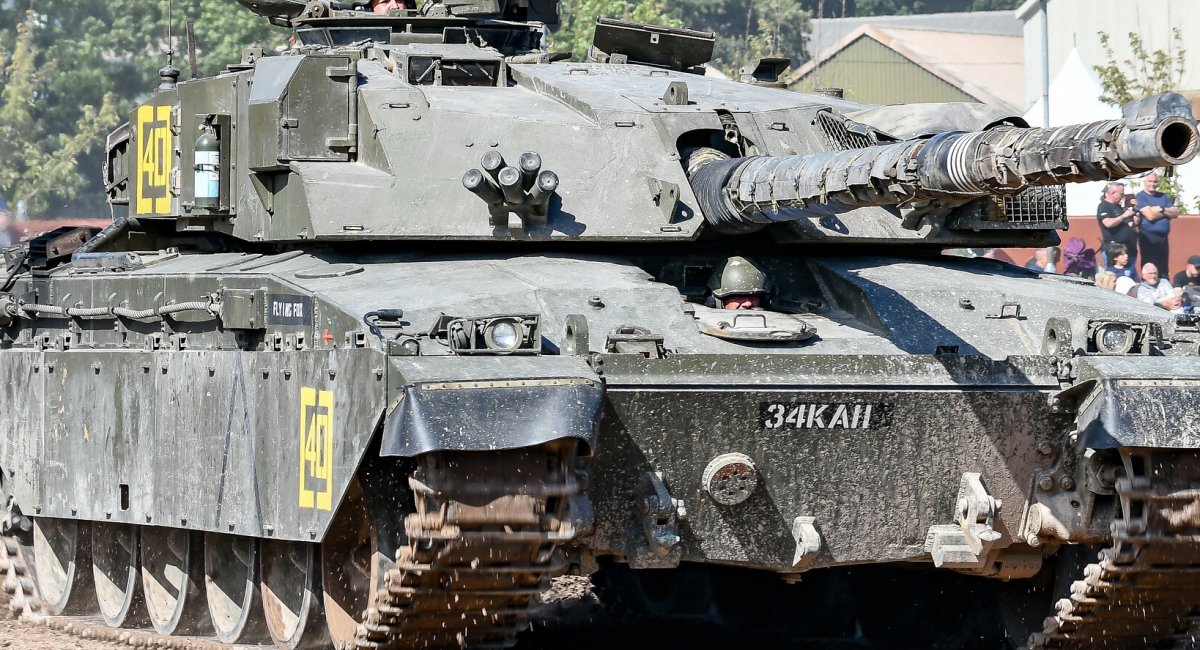
Challenger 1 tanks to strengthen the Armed Forces of Ukraine: what kind of vehicle is it and how many can be expected
The Challenger 1 is a British tank from the 1980s that still meets many battlefield challenges and is objectively many times better than the Leopard 1 and all other decommissioned tanks in the world that could hypothetically strengthen the Armed Forces of Ukraine
The British Challenger 1 main battle tanks are being repaired, restored, partially modernized, and will be transferred to Ukraine.
This was reported by journalist Roman Bochkala, who partially showed the process of working on the tanks without specifying the location. But some signs suggest that it is the territory of the United Kingdom.
Although it seems that there was no official announcement of the transfer of Challenger 1 tanks to Ukraine, in fact, British Defense Secretary Ben Wallace, in his address to Parliament on January 16, 2023, noted that in addition to the Challenger 2 company (14 vehicles), Britain would bring “another company of its own Challenger tanks to high alert.” At the same time, the Minister of Defense actually made a distinction in the names between Challenger, Challenger 2 and Challenger 3.
If we are really talking about the UK’s own stockpiles, then it is too early to talk about the mass production of this vehicle in the Armed Forces. Because a total of 420 Challenger 1 tanks were built, and from 1983 to 2001, the British Army operated them and replaced them with Challenger 2. From 1999 to 2002, the gross amount of these vehicles – 402 units (according to other sources, 392) – was transferred as aid to Jordan, where these vehicles underwent minor modernization, rather adaptation to the conditions of a hot climate, and were named Al-Hussein.
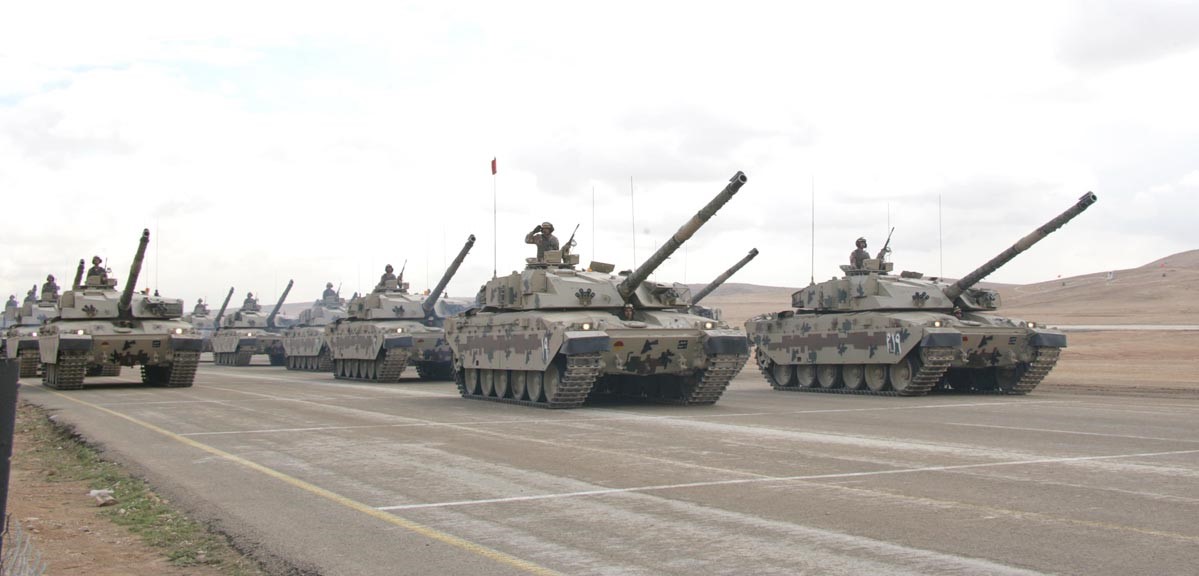
Thus, the number of tanks that could theoretically remain in the UK is 18 (or 28). This number does not include BREMs based on Challenger 1, which the British Armed Forces still have about 80 units in operation.
However, Jordan planned to retire all Challenger 1 (Al-Hussein) tanks by early 2023, with replacement with French Leclerc tanks re-exported from the UAE. At the same time, according to Military Balance, their number in service in 2022 was about 80 units. Thus, these cars, and in theory the entire fleet of four hundred, could well be returned to the UK. And this is exactly the scenario that was actively replicated in the Western media at the beginning of the year. In particular, it was about the proposal of the joint venture of Rheinmetall and BAE Systems, the British RBSL, to restore these machines.
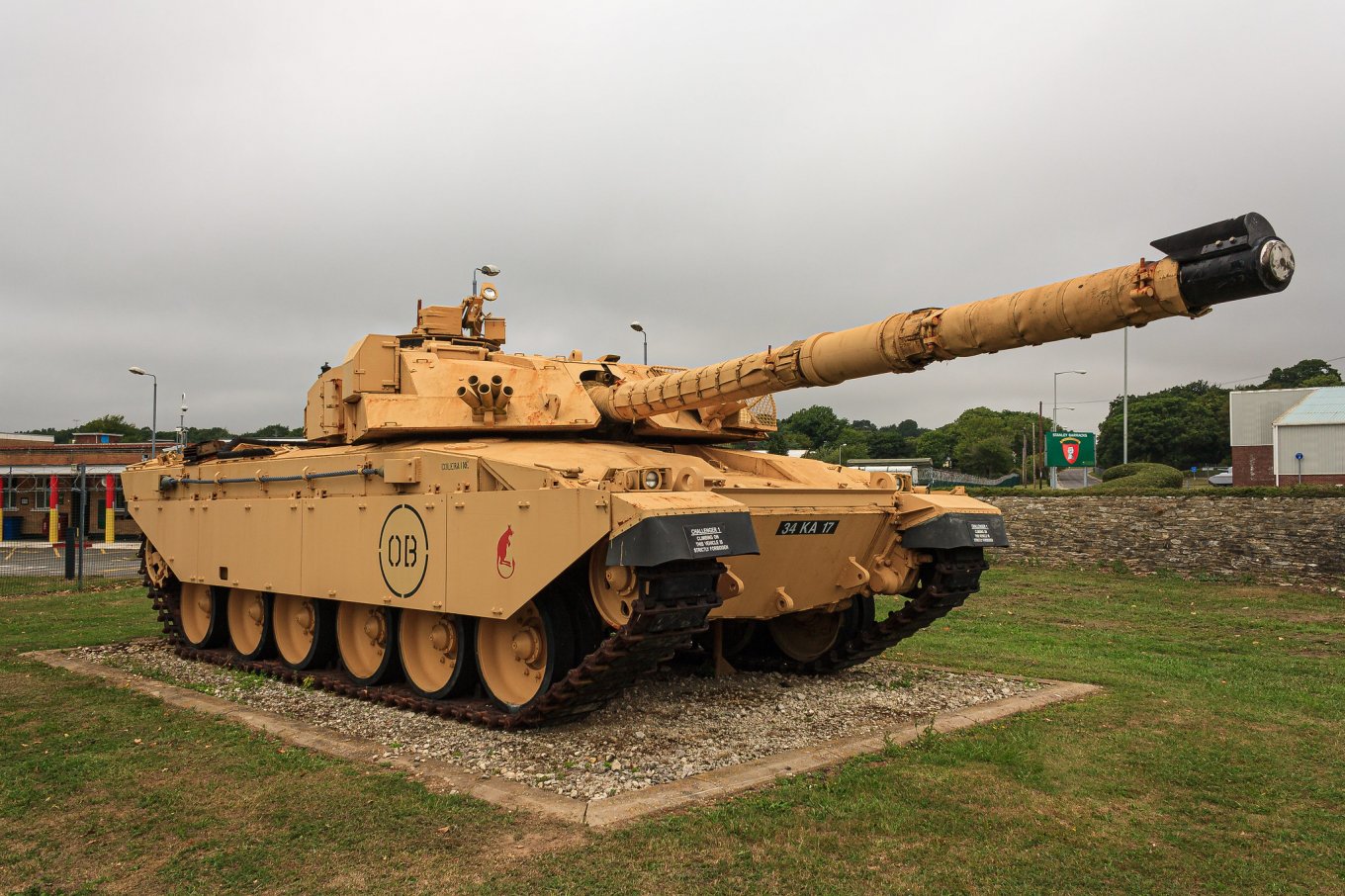
And it should be noted that although the Challenger 1 has been decommissioned, it cannot be called a critically outdated vehicle. This tank is equipped with Chobham multi-layer armor, which was later used in the Challenger 2 and Abrams, which is superior in its protective properties to conventional armor steel.
The gun is a 120-mm rifled Royal Ordnance L11A5 with a barrel length of 55 caliber. It was only in 1998 that it was replaced by the L30 in the Challenger 2, and the shells for both tanks are unified, separately loaded. At the same time, the standard L26A1 APFSDS BOPP is reportedly only 10% less effective when fired from the L11 than when fired from the L30.
A rather powerful gun is combined with a fairly advanced fire control system with a thermal imager, laser rangefinder and ballistic computer. And the accuracy of combat is 10 meters for 90% of shots at a distance of 10 km. By the way, the Challenger 1 holds the record for the most effective destruction of an enemy tank, an Iraqi T-55, during Operation Desert Storm – 4.7 km.
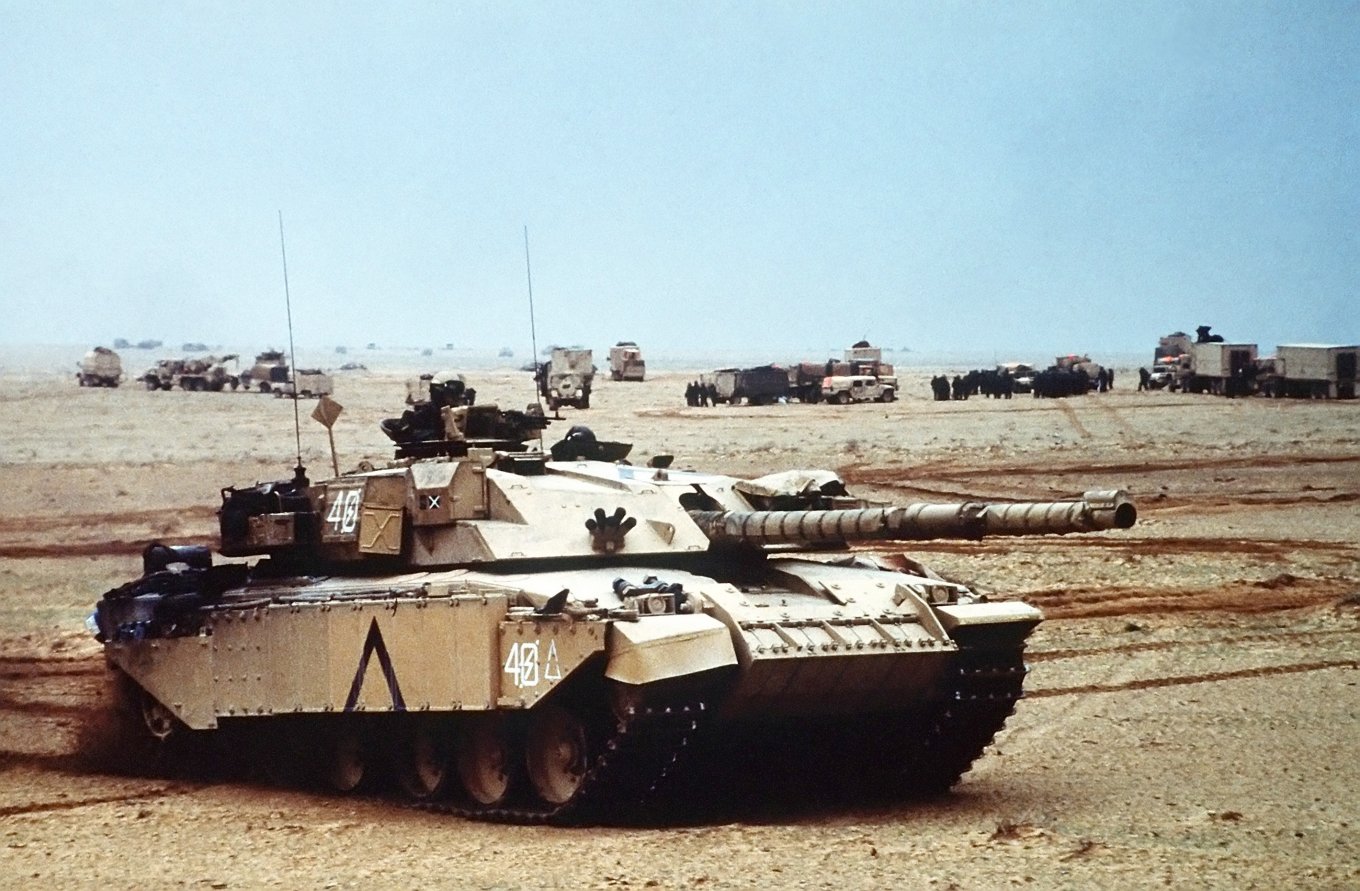
The Challenger 1 is powered by a 26-liter turbo-diesel Perkins Condor CV12 with an output of 1200 hp. With a weight of 62 tons, this provides a specific power of 19.3 hp/t. This is higher than the Challenger 2’s 18.7 hp/ton (with additional reservation -16.0 hp/ton), adding that the T-64BV’s specific power is 16.4 hp/ton.
The engine is coupled to a David Brown Defense Equipment Limited TN37 automatic transmission with four forward and three reverse gears. The vehicle’s top speed is 56 km/h, while the tank’s torsion hydraulic pneumatic suspension ensures high ride smoothness and the ability to move quickly on rough terrain (which is much better than the “paper” top speed on “asphalt”).
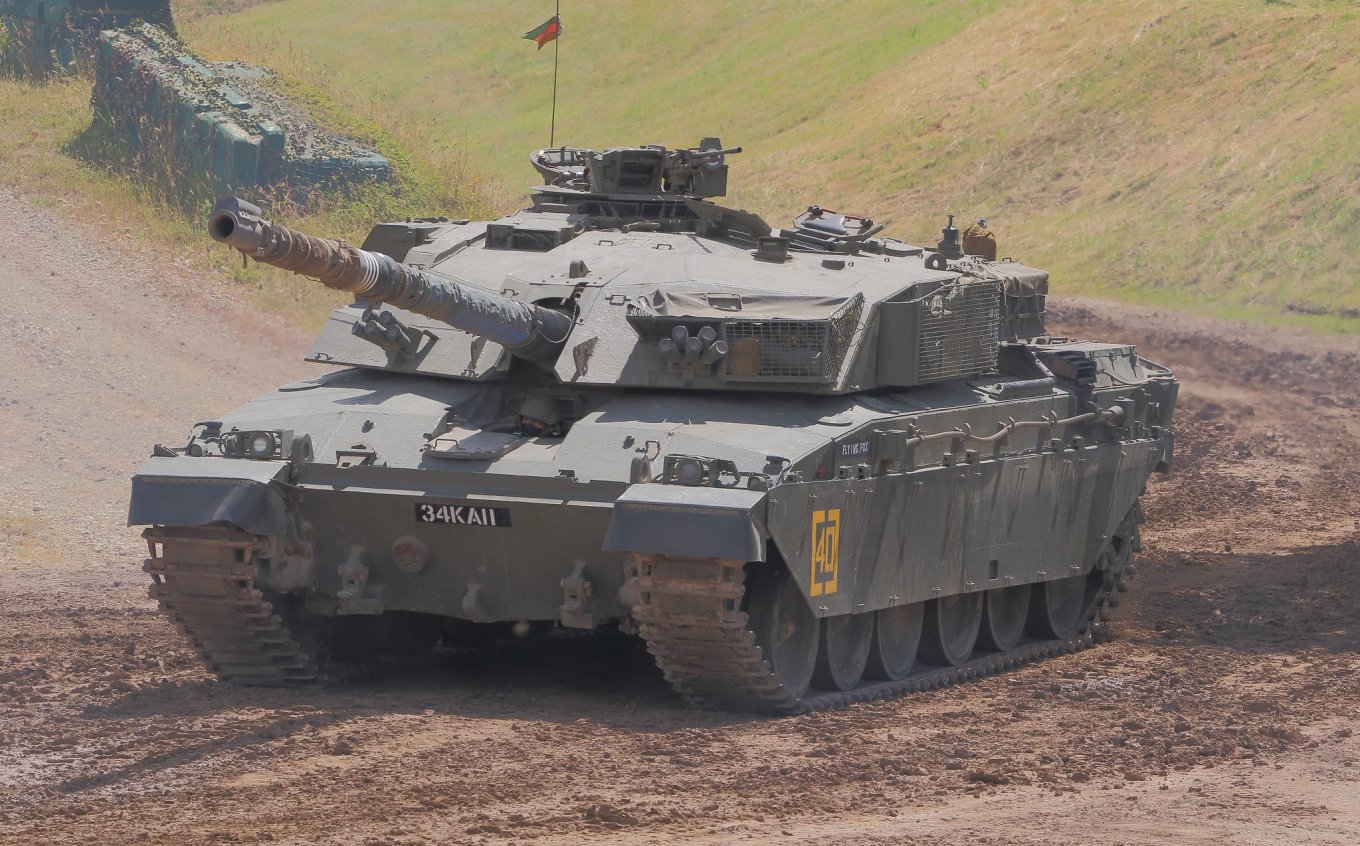
Thus, the Challenger 1, even though it is a vehicle from the 1980s, still meets many battlefield challenges, and of all the possible tank options that have already been decommissioned but are strengthening the Armed Forces, it is the most advanced in all respects. And given the theoretical service life of more than 400 tanks, their restoration and delivery to Ukraine is more than a necessary solution.
Challenger 1 features
- Weight: 62 tons.
- Engine: erkins Condor CV12, 1200 hp.
- Specific power: 19.3 hp/t
- Main armament: 120 mm rifled L11A5
- Crew: 4 people

